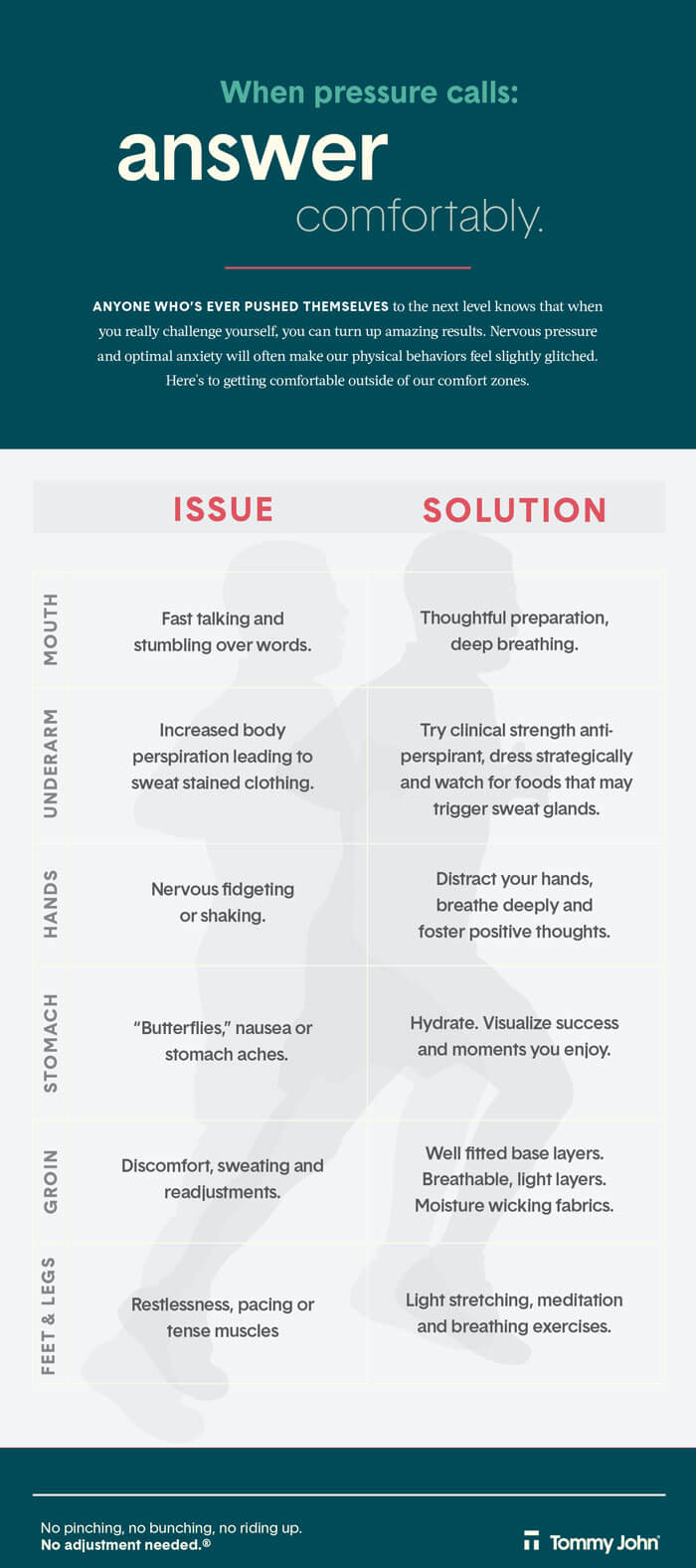
And managing stress is critical. Stress at work causes mental health issues like depression and anxiety. In addition to the mental toll stress can take, there are also a number of short and long-term physical consequences. In the moment of stress, our bodies go into fight or flight mode. What this means in biochemistry terms is, the amygdalae of the brain perceives the situation as a threat and, via hormones, tells the nervous system to prepare the body.
However, the decision to fight or flee is not appropriate in a modern business environment, which means you aren’t given the physical release required to take your hyped-up body out of the stress-feedback loop. You may freeze like a deer in headlights, ramble inappropriately and stumble over words, fidget, feel nauseous, sweat, and so on. Long-term, job stress is also more strongly associated with poor health than financial or family problems.
Thankfully, there are many strategies you can follow to ensure that workplace stress doesn’t derail your productivity and overall wellbeing.
Wear the Right Clothes
In recent years, the design and functionality of clothing has evolved to fend off common culprits of discomfort, meaning you can (and should) make some simple clothing choices that will support you on a purely physical level. If you know you can’t prevent stress-induced sweat, for example, invest in the right under-layers so it’s one less thing you have to worry about. The men’s clothing company Tommy John, for instance, has a line of men’s underwear with features like moisture-wicking, anti-microbial and anti-odor fabrics. Their site appropriately points out that, “confidence comes from underwear that means business.”
But beyond not smelling bad, what does comfort really have to do with keeping calm under pressure?
This may seem like an unscientific strategy, but in reality, there are a number of studies that actually prove what you wear can largely impact your confidence, thinking skills, hormone levels, and heart rate. A collection of studies published in Social Psychology and Personality Science demonstrated that more formal clothing (as opposed to casual) actually enhanced not only creative and abstract thinking, but feelings of control and power.
Professor Karen Pine from the University of Hertfordshire researched how a person’s attire affects confidence and found that students wearing a superman t-shirt were more assured, and ultimately concluded that the right or wrong clothes do affect your attitude and self-esteem.
Research published in the Journal of Experimental Social Psychology showed that subjects wearing a white lab coat (a doctor’s uniform) made less mistakes and performed better on tasks than those who were told they were wearing a painter’s smock.
Of course, we don’t mean to suggest that you wear a lab coat to work if you’re not a doctor or a superman t-shirt if — well, if you’re not allowed to wear t-shirts at work. The point is that the right clothing — clothing that you don’t need to worry about and feel confident in — can make a huge difference in how you handle situations and perform.


Have A Toolkit of Techniques
During times of stress, especially moments that come on suddenly or events that you know are upcoming (like a big presentation), having a reliable set of discrete coping mechanisms is critical.
Perhaps the most popular and proven trick is slow and controlled breathing. Breathing is an autonomic bodily function, so you’ll need to force yourself to consciously breathe slowly and deeply. There are a number of specific breathing exercises you can try, including alternate nostril breathing and 4-7-8 breathing. According to Esther Sternberg, a researcher at the National Institute of Mental health, slow breathing techniques “stimulate the opposing parasympathetic reaction–the one that calms us down.”
The infographic below outlines other quick solutions, including distraction and visualization.
Mind Trick Yourself
The strategies above deal largely with the body, but we can’t forget the role your mind plays in your reactions to stress.
Emotions are, it’s been said, made up of three parts: how we experience them, how our bodies react, and how we express them. Sternberg’s research on mind-body interaction has led her to recommend re-labeling the typical fight or flight emotions. For example, fear can suddenly become anticipation, dread turns simply into caution, feeling anxious is just you feeling excited. Mastering this strategy will go a long way to keeping you calm, focused, and effective.
To better support both your mind and body and thus your ability to handle stress, don’t neglect the importance of the daily basics. Strive for a healthy diet, get ample sleep, exercise, and set aside time to relax and experiment with meditation.


CAREER ADVICE

GOV TALK




